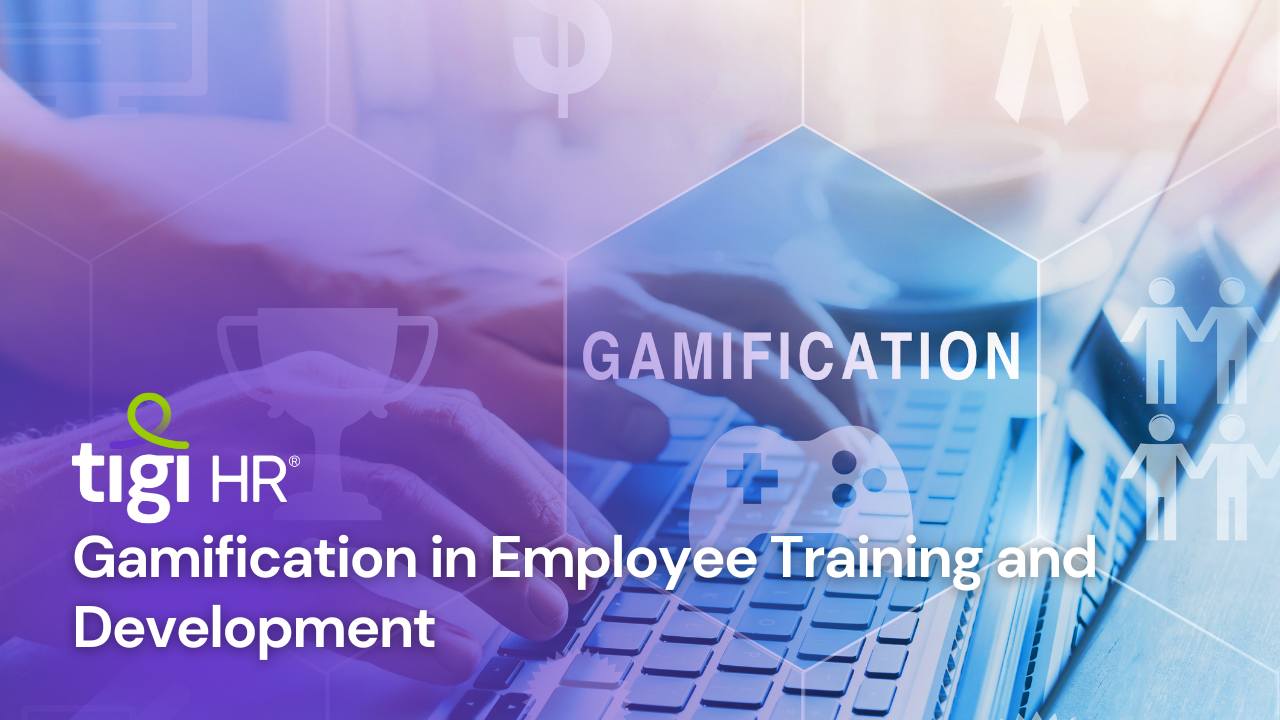In the fast-paced corporate landscape of the 21st century, employee training and development are crucial for maintaining a skilled and adaptable workforce. Traditional training methods often fall short in engaging employees and ensuring effective learning. This is where gamification in Employee Training and Development steps in as a revolutionary approach, blending game elements with training programs to create a more engaging and productive learning experience.
What is Gamification?
Gamification involves applying game design elements, such as competition, rewards, and challenges, to non-game contexts, like employee training and development. The goal is to make learning more enjoyable and motivating, ultimately improving knowledge retention and performance.
Why Gamify Employee Training and Development?
Engagement and Motivation:
Traditional training programs can be monotonous, leading to disengagement and reduced motivation. Gamification injects excitement into learning by incorporating elements like leaderboards, badges, and levels. Employees are motivated to participate actively, increasing their commitment to the training process.
Enhanced Learning:
Games encourage experiential learning, allowing employees to apply knowledge in real-world scenarios. This fosters practical skills and deepens understanding, making it easier to transfer learned concepts to their job roles.
Immediate Feedback:
Gamification provides instant feedback, allowing employees to track their progress and identify areas for improvement. This timely feedback loop is essential for continuous learning and growth.
Healthy Competition:
Introducing a competitive aspect through leaderboards or challenges can foster a sense of achievement and drive employees to excel. Healthy competition can drive individuals to strive for excellence in their training.
Customization:
Gamification allows for personalized learning paths. Employees can choose their preferred learning routes and pace, ensuring training aligns with their unique needs and abilities.
Implementing Gamification in Employee Training:
Define Clear Objectives:
Start by setting specific training goals and objectives. What skills or knowledge should employees gain through gamified training? Defining clear objectives ensures that the gamification elements align with the intended outcomes.
Choose the Right Gamification Elements:
Select game elements that suit your training program’s objectives. These may include points, badges, leaderboards, or even virtual rewards. The choice should enhance learning, not distract from it.
Design Engaging Content:
Create interactive and immersive content that integrates seamlessly with the chosen game elements. Content should be relevant, relatable, and designed to facilitate active learning.
Provide Feedback:
Constructive feedback is a cornerstone of effective gamified training. Ensure that employees receive timely and meaningful feedback to encourage improvement.
Monitor Progress:
Track and analyze employee progress through data analytics. This information can help identify areas of improvement in the training program and fine-tune gamification elements.
SEO-Friendly Practices:
To make this article SEO-friendly, it’s important to incorporate relevant keywords naturally. Keywords like “gamification in employee training,” “employee development through gamification,” and “gamified learning” should be integrated into the content where appropriate.
Additionally, including subheadings, bullet points, and numbered lists can improve the article’s readability and SEO ranking. This allows search engines to better understand the structure of the article and the importance of various sections.
Avoid keyword stuffing, as this can harm your SEO ranking. Instead, focus on providing valuable and informative content that addresses the topic comprehensively.
Conclusion on Gamification in Employee Training and Development:
Gamification in employee training and development is a powerful tool that addresses the challenges of traditional training methods. By harnessing the engagement, motivation, and interactivity of games, organizations can create a more effective and enjoyable learning experience for their employees.
As technology continues to evolve, so will the possibilities of gamification. Embracing this innovative approach to training can help organizations stay competitive and ensure that their workforce is equipped with the skills and knowledge needed to thrive in an ever-changing business landscape.
We are hiring for Node JS Developer!
We are seeking a talented and passionate Node.js Developer to join our team. As a Node.js Developer, you will be responsible for designing, coding, and maintaining server-side applications using Node.js. You will collaborate with cross-functional teams to develop new features and enhancements, ensuring the delivery of high-quality, scalable, and efficient code.
Find trusted recruitment agencies : Click here





